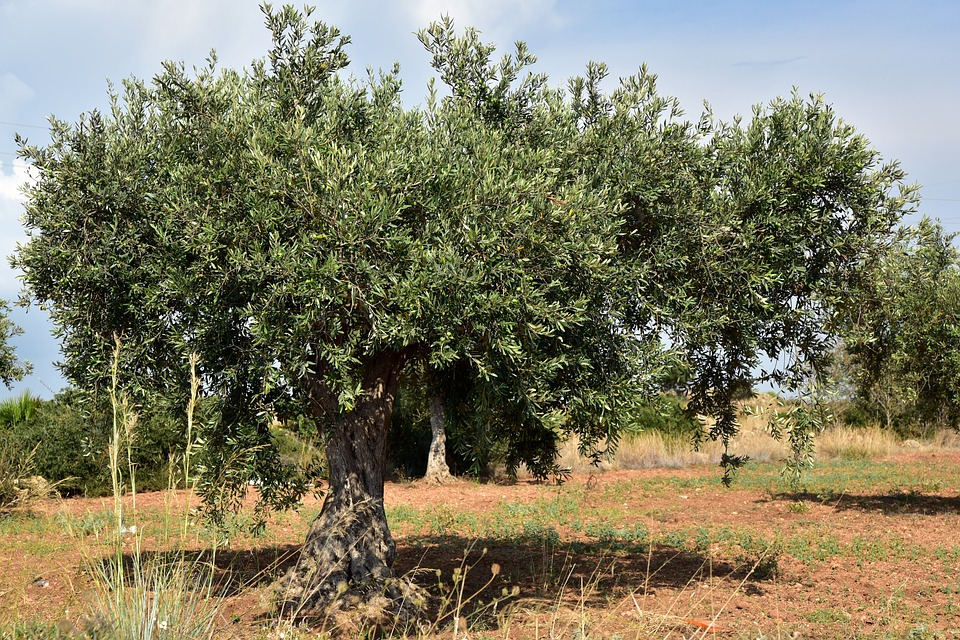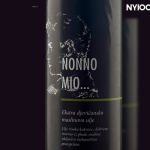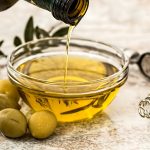As Slobodna Dalmacija/Misel Kalajzic writes, in Zadar County, the olive harvest for 2021 failed when compared to 2020, especially in the continental and island part of northern Dalmatia, while in the coastal part it being considered to be satisfactory.
The reason for this is primarily the very low temperatures that affected the area during the early part of the month of April (more precisely from the 7th to the 9th of April 2021, when unusual temperatures of up to minus nine degrees Celsius were recorded), and unfavourable conditions at the time of flowering (mainly due to bura wind).
”The estimated yield of olive fruit for the year 2021 is about 2800 tonnes and 3220 hectolitres of oil. The crop is healthy. Harvesting and processing began in the second half of October and so far almost the entire crop has been processed,” as was explained by B.Sc. Gordana Dragun, Head of Agronomy, Head of the Zadar Service in the Directorate for Professional Support to Agricultural Development.
How much the past year has failed in terms of Croatian olive oil can be seen in comparison with the data from the 2019/2020 season. At that time, 5,500 tonnes of olives were harvested in Zadar County, and 6,600 hectolitres of olive oil were produced, which is almost twice as much as last year.
In Primorje-Gorski Kotar County, 700 tonnes were harvested at that time, in Sibenik-Knin County 1800 tonnes were harvested, in Istria County 4600, in Dubrovnik-Neretva County 6000 tonnes, and in Split-Dalmatia County, as much as 17 thousand tonnes of traditional Mediterranean oilseeds were harvested.
Back in October 2020 alone, 3,515 tonnes were harvested in Zadar County, ie 4,018 hectolitres of oil were produced, and a month later another 3,500 tonnes were removed from the trees and 4,000 hectoliress of oil were obtained from them. Last October, only 800 tonnes were harvested, and in November, 1,200 tonnes of olives were obtained.
In the northern part of the island of Pag (more specifically in Lun and Novalja), which administratively belong to Lika-Senj County, the olive harvest in 2020 failed and a mere 15 tonnes were harvested, all of them coming from the area of Novalja. In Lun, due to the drought that was present in the winter of 2019/20, from spring until June, there was no fertilisation at all.
In Zadar County, despite the hail on May the 2nd, 2020 and the declaration of a natural disaster in the city of Benkovac, as well as a hurricane in the western part of the county (Razanac, Krneza), that year was marked by abundant flowering. Good fertilisation and timely rainfall resulted in a solid olive year there.
Obviously, 2021 will be a year to forget for Zadar’s many disappointed olive growers. Croatian olive oil prices are likely to jump as well as a result of all of these factors, but 2020’s stocks will also be depleted, as not all processed quantities have been sold yet due to the ongoing situation surrounding the coronavirus pandemic (and the tourist season).
For more, check out Made in Croatia.










